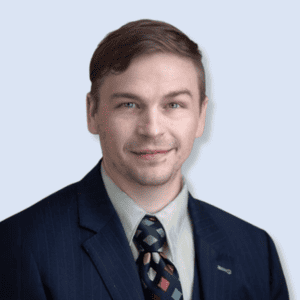Autism is a developmental disorder that impacts communication and behaviour, and is often diagnosed in the early years – despite the challenges in identifying key traits in young children.
Recognising the signs of autism early in a child’s life is crucial for accessing early and effective intervention. The signs may vary from child to child, and can often be identified by key markers among peers. While all children develop at different rates and achieve milestones in their own time, comparing to a base group can help identify common signs such as:
- Limited eye contact
- Delayed speech or absence of speech
- Repetitive behaviours
- Resistance to changes in routine
- Unique reactions to sensory stimuli
The early signs may sometimes be subtle and vary in severity, but they are critical indicators for seeking professional assessment.
The Causes and Risk Factors of Autism
Autism Spectrum Disorder (ASD) is a complex condition with no single known cause. However, current research suggests that a combination of genetic and environmental factors play significant roles in a child developing Autism.
It is believed that genetic mutations, whether inherited or new, can increase the risk of developing autism. And environmental factors, such as parental age at conception, and complications during pregnancy, may also contribute to the risk of a child developing autism.
Studies suggest that there is no single ‘autism gene’, but rather a combination of genetic and non-genetic influences that may lead to the development of Autism.
It is also important to note and dispel the common myths about causes of autism, such as vaccinations, which have been thoroughly debunked by scientific research.
Navigating the Journey: Early Intervention and Support
Early intervention for children with autism is critical. The early timing of diagnosis and appropriate support can make a significant difference in the success of development and positive long-term outcomes. Aspire Early Intervention, based in Sydney and Canberra, offers a range of services tailored to the needs of children with autism and their families.
Our programs are based on the latest research and methodologies, such as the Early Start Denver Model (ESDM) and Early Intensive Behavioural Intervention (EIBI), and are designed to improve children’s social, cognitive, and language skills.
These programs involve a combination of therapies tailored to each child’s unique needs, including speech and language therapy, occupational therapy, and Applied Behavior Analysis (ABA) therapy.
At Aspire, our goal is not only to address the child’s developmental delays but also to empower parents and caregivers with the tools and strategies they need to support their child’s development going forward.
Frequently Asked Questions about Autism and Its Signs in Children
What are the most common signs of autism in children?
The signs, and severity of indicators can vary greatly from child to child. One of the more clear indicators can be delayed milestones at various stages of infancy. Below are some key areas to look out for at 6, 12, 18 and 24 months of age:
6-month milestones
- Social interactions
- Responding to their name or familiar voices with eye contact
- Enjoying playtime with interactive games
- Smiling at familiar faces
- Communication
- Making sounds like cooing, babbling and gurgling
- Responding to sounds around them
- Motor skills
- holding their head up independently
- rolling from front to back and/or back to front
- Reaching and grabbing objects
- Bringing objects to their mouth
9-month milestones
- Social interactions
- Responding to emotions in others
- exchanging sounds, facial expressions, or gestures in a back-and-forth manner
- Showing interest in other babies or children
- Communication
- Babbling with consonant sounds
- Using gestures to communicate, such as waving or shaking their head
- Understanding simple words, like their name or ‘no’
- Motor skills
- Sitting up without support
- Crawling or scooting on their belly
- Pulling up to a standing position
- Picking up small objects with their pointer & thumb
- Cognitive development
- Exploring objects by shaking, banging, or throwing
- understanding that objects continue to exist even when out of sight
- Looking for hidden objects
12-month milestones
- Social interactions
- Shows interest in and awareness of others’ actions
- Shows preferences for certain people or toys
- Participates in simple games like peek-a-boo
- May show anxiety or unease with strangers
- Communication
- Says simple words like ‘mama’ or ‘dada’
- Responds to simple verbal requests
- Babbles with inflection, almost like talking in sentences
- Uses simple gestures like shaking their head ‘no’ or waving ‘bye’
- Motor skills
- May take a few steps without support
- Can sit without assistance
- Can pull up to stand and walk holding furniture
- Picking up small objects with their pointer & thumb
- Cognitive development
- Exploring objects by shaking, banging, or throwing
- Can find hidden objects easily
- Starts using objects correctly, like drinking from a cup, brushing hair, dialing a toy phone etc
18-month milestones
- Social interactions
- Shows interest in what others are doing and may mimic behaviours
- Engages in simple pretend play, like feeding a doll
- Shows affection towards familiar people
- Communication
- Can say several single words or simple sentences
- Points to show something interesting or to ask for something
- Understands simple instructions, like ‘Pick up the toy’
- Motor skills
- Walks independently and may start running
- Can drink from a cup and eat with a spoon
- May be able to undress self
- Starts to scribble on their own
- Cognitive development
- Shows curiosity and tries to explore
- Begins to sort shapes and colours
- Can follow a 1-step verbal command without any gestures (e.g. ‘sit down’)
24-month milestones
- Social interactions
- Imitates behaviour of others, especially adults and older children
- Shows more independence and may show defiance
- Begins to play simple make-believe games
- Shows increasing enthusiasm for the company of other children
- Communication
- Can speak in simple sentences of two to four words
- Follows simple instructions
- Repeats words overheard in conversation
- Points to objects or pictures when named
- Motor skills
- Walks alone and begins to run
- Climbs onto and down from furniture without assistance
- Begins to kick a ball
- Starts to sort objects by shapes and colours
- Cognitive development
- Begins to understand the concept of ‘mine’ and ‘theirs’
- Starts to show signs of memory
- Finds objects even when hidden under two or three covers
At what age do signs of autism typically become noticeable?
Signs of autism may become noticeable as early as 6 to 12 months of age. As each child grows and develops at their own paces, it may be difficult to identify key indicators without a professional assessment.
Early diagnosis and intervention are key to helping children with autism and other developmental delays develop to their full potential.
How is autism diagnosed in children?
Autism is typically diagnosed by observing a child’s behaviour and development. Healthcare providers, such as clinicians, paediatricians, psychologists, or neurologists, use a combination of observations, tests, parent interviews, and developmental assessments to diagnose autism.
There is no single medical test for autism as a diagnosis is based on the individual child’s developmental history and behavioural responses.
What areas of development do you focus on for children with autism?
At Aspire, we offer comprehensive early intervention programs that are tailored to each child’s needs, including individual therapy sessions, parent training, and support groups. Based on each child’s personally curated program, we teach the following:
- Language skill-building based on the Verbal Behaviour Framework
- Fine and gross motor skill building, and muscle strength training, if necessary
- Play skill building, including toy play and functional pretend play
- Social skill building from basic greetings to complex social skills, such as holding a conversation
- Attending skills, such as social referencing, following a parent’s instruction or the ability to complete tasks independently
- Development of Theory of Mind skills
- Teaching Executive Functioning Skills, including flexible thinking and problem solving
- Reducing inappropriate behaviours using ABA techniques, including extinction and functional communication
How does understanding the signs of autism in children lead to better outcomes?
Understanding the signs of autism in children enables parents and caregivers to seek early intervention and guidance when it is most effective, which is early.
If a parent or caregiver has concerns about a child’s development, a chat with your GP or reaching out to providers such as Aspire, is the best place to start. Parents will then be helped through the next steps for an assessment and potentially therapy to help address their concerns.
If you have any questions about the signs of autism or next steps, please get in touch.



